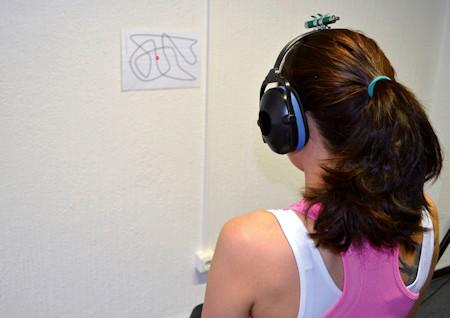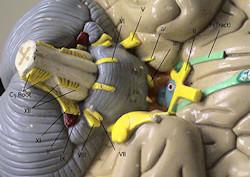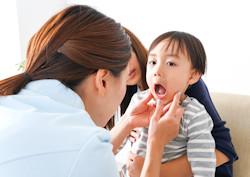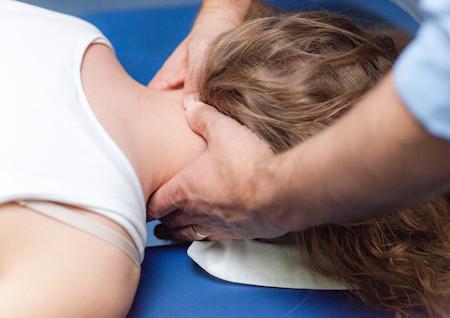Special Topic course CRAFTA®
Advanced in Assessment and Management of pediatric, vestibular, ocular and craniocervical Dysfunctions (and Pain)
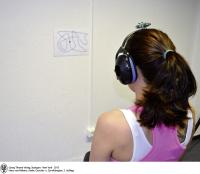 In this 4-5 day* course (+ Online module) the mechanism of the craniocervical and vestibular-ocular (dys)function on the postural control will be discussed. Manual assessment of the cervical and oculomotor system will be demonstrated and practiced.
In this 4-5 day* course (+ Online module) the mechanism of the craniocervical and vestibular-ocular (dys)function on the postural control will be discussed. Manual assessment of the cervical and oculomotor system will be demonstrated and practiced.
Different primary and secondary headaches and the role of neuromusculoskeletal assessment and therapy will be explained driven by external and clinical evidence. Different pediatric headaches and associated issues like influences of craniomandibular region, equilibrium, motor retardation, neuromusculoskeletal dysfunctions of the eyes, spine, peripheral nervous system, craniofacial region will be explained, clinical test and treatment proposal will be practiced.
Headlines of the course are:
Craniocervical region dominance
- Overview of the current classification in headache and their practical interpretation;
- Functional anatomy and biomechanics of the juvenile and adult craniocervical region;
- Neuromusculoskeletal tests of the craniocervical region;
- Differentiation tests between craniocervical versus temporomandibular-facial-neural Regions and against vestibular and ocular region in dizziness;
- Clinical patterns of migraine, tensions type- and cervicogenic headache;
- Cervical instability, occipitalis major nerve;
- Neuromusculoskeletal treatment and management strategies.
Oculomotor dominance
- Cervical - vestibular - ocular reflex systems. Mechanism, dysfunctions and symptoms;
- Neuromuscular Assessment of the cervico-ocular reflex systems in advance of the 5x5 protocol;
- Neuromusculoskeletal ocular assessment in adults and children;
- Rehabilitation and management of ocular - vestibular - cervical dysfunctions.
Pediatric dominance
- The growth as possible contributing factor for dysfunction of the neuromusculoskeletal system;
- Recurrent pediatric headache: Reasons, releasing and contributing factors;
- Measuring of headache in children;
- Physical assessment of the e.g. craniofacial-mandibular region
- Neurodynamics in pediatric;
- Neuromusculoskeletal management of recurrent headache in children.
During the course there will be a patient demonstration (where possible).
Educational objectives:
The course participant has at the end of this course:
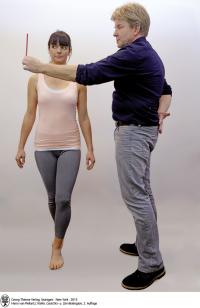 Knowledge about different facilitation systems of the body, which are responsible for posture, balance, equilibrium and visual functions;
Knowledge about different facilitation systems of the body, which are responsible for posture, balance, equilibrium and visual functions;- Knowledge about the actual evidence concerning traumatic disorders at head, face and the development of functional disorders in vestibular, visual and the somatosensory system;
- Basic skills, to assess and value the vestibular, visual, somatosensory system on its (dys-) functions and its behavior;
- Basic skills to establish an individual treatment plan with specific rehabilitation exercises in different contexts;
- Knowledge about current state of research in headache in children Epidemiology, Classification, Pathobiological mechanisms;
- Clinical patterns of headache in children and its comorbidity;
- Specific (manual) assessment and treatment techniques of the neuromusculoskeletal system in the field of the head-face-neck region;
- The knowledge to integrate (manual) techniques on the basis of clinical reasoning in the further assessment and the specific physiotherapeutic management of cranio-cervical-facial and ocular dysfunctions.
Training course objectives:
- Impart of knowledge and skills for assessment of the postural control in context with the vestibular, visual and somatosensory system;
- Easy recognition of cervical an oculomotor dysfunction on bases of sensomotor deficits;
- Assessment of cervical, vestibular, visual and postural function and its integration on basis of a 5 x 5 protocol;
- Applying of specific neuromuscular techniques of the ocular and cervical region as support of an individual adjusted rehabilitation program in children and adults;
- A screening assessment of pediatric headache of neck- cranium- craniomandibular region;
- Manual skills of the craniocervical facial mandibular-neural region in children;
- Cognitive skills supporting neuromuskuloskeletal management.
(*The number of course days varies between course centers depending on several factors, e.g. hours taught per day, translation needed, amount of online teaching.)
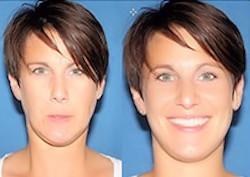
Facial expression
Facial expression and laterality, Assessment, Evaluation and Rehabilitation
Read more..

Examination and preparation
Aim of the certification is to assess, if the capabilities of the craniofacial..
Read more..
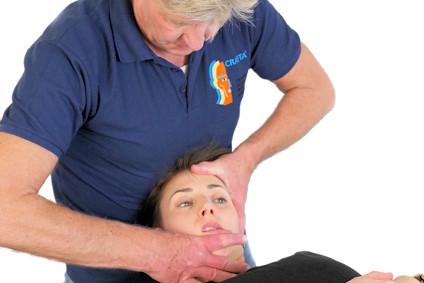
Update Craniofacial Dysfunction and Pain
This advanced course provides a comprehensive update of the knowledge and skills ...


